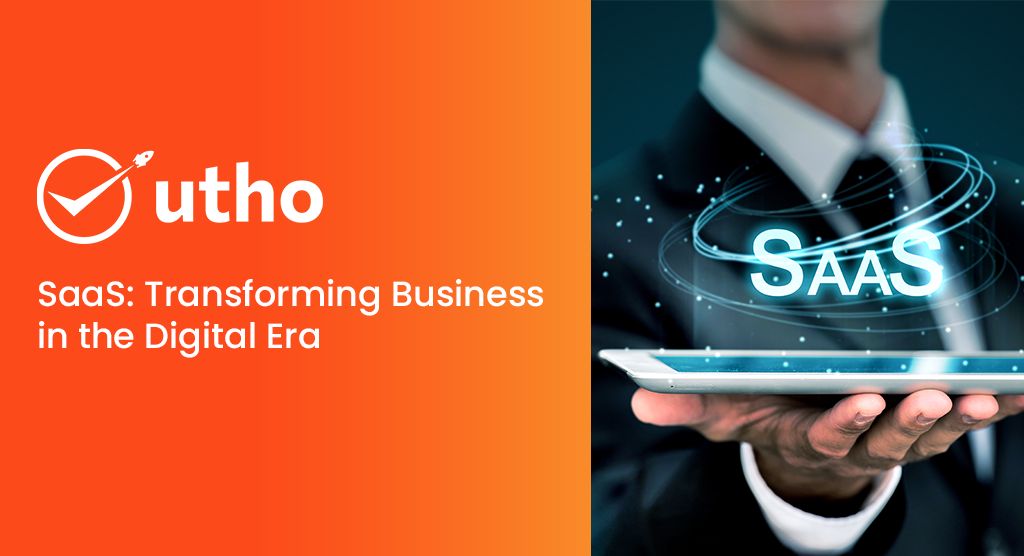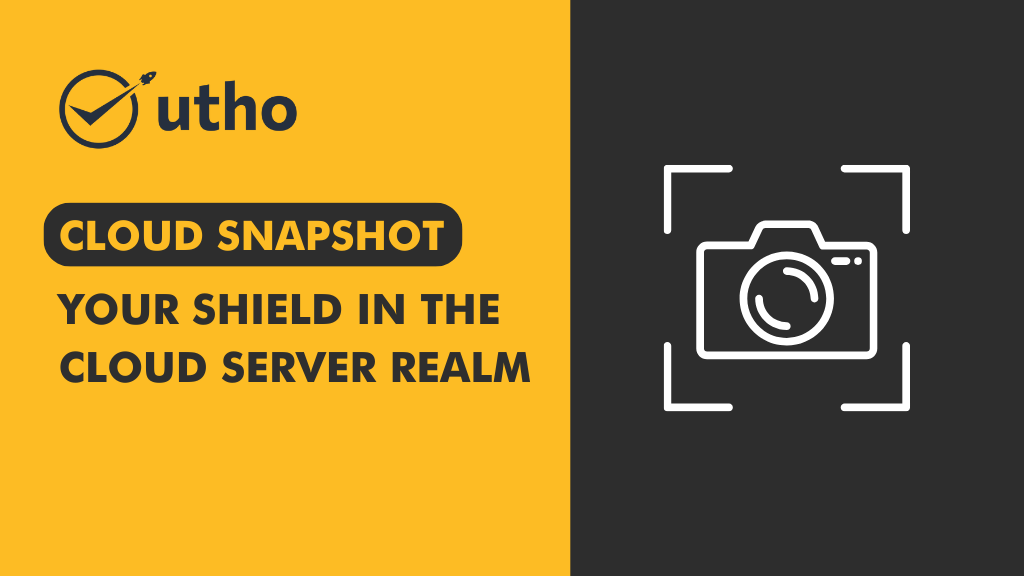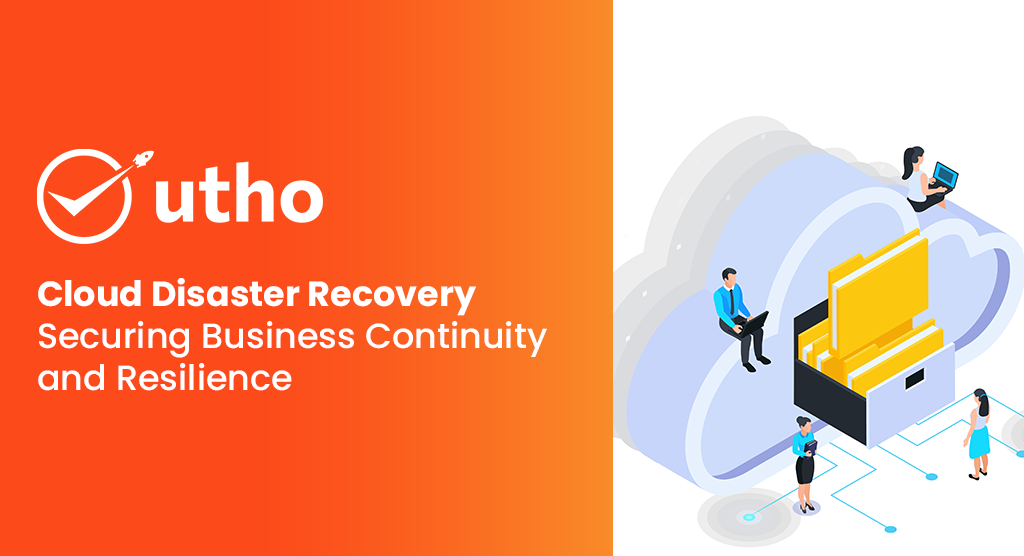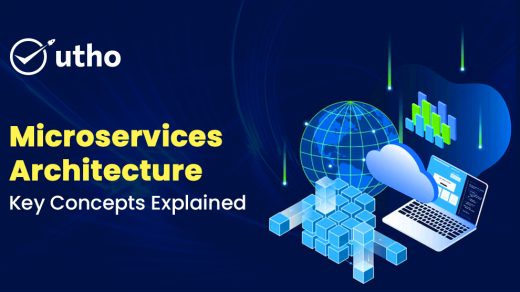As technology evolves daily, "digital transformation" has become a ubiquitous term. The convergence of cloud computing and the Software as a Service sector has revolutionized how businesses function in the digital age. This powerful alliance ushers in an era marked by enhanced efficiency, scalability, and accessibility, fundamentally altering software delivery and consumption. The cloud's transformative influence significantly redefines the SaaS industry, catalyzing global digital transformation. Let's delve into the synergistic bond between digital transformation and the cloud, highlighting how the cloud reshapes the landscape of the SaaS industry.
What does this cloud-based software technology entail in the realm of cloud computing?
SaaS (Software as a Service) operates as cloud-based software on a third-party server via the Internet. Unlike on-premise deployment, it is accessible on various mobile devices such as phones, tablets, and laptops, from any location with a robust internet connection.
How does this cloud-based software technology operate?
SaaS applications and services operate on cloud platforms with a multi-tenant architecture. Through virtualization, cloud providers run software from multiple virtual servers on a single physical server, allowing them to offer cost-effective services to multiple customers. This architecture enables efficient scaling and streamlines maintenance, updates, and troubleshooting.
What are the advantages of using this cloud-based software technology?
Benefits associated with a Software-as-a-Service-based application encompass:
Scalable usage: Adjust your subscription based on your requirements. Initially, you might only require 1,000 user accounts. As your company expands, you can easily upgrade to, for instance, 10,000 user access.
Automatic updates: Updates for a SaaS application are automated and occur seamlessly in the cloud without any need for your intervention.
Accessibility and persistence: Access the SaaS-based application on the go; SaaS embraces remote work, allowing users to log in from anywhere in the world.
Customization: SaaS applications provide extensive customization options, allowing integration with other SaaS-based applications. For instance, automate specific tasks in your application by partnering with a SaaS vendor offering such services, resulting in a personalized workflow.
What challenges come with this technology of cloud-based software?
Despite the benefits, there are still challenges in implementing Software-as-a-Service:
Security: The responsibility for data safety rests entirely with the vendor. Therefore, the security of your data depends on how rigorously the SaaS provider has implemented security principles.
Difficulty switching vendors: Extensive usage of SaaS apps results in a substantial amount of data stored on the vendor's cloud, posing challenges for migration to a different vendor.
Customers lose control over versioning: If you find the updated version of the vendor's software unsatisfactory, your options are either to accept it or consider switching to a different vendor.
Issues beyond customer control: Various problems, such as vendor infrastructure failures or errors on the vendor's part, can result in damage to your services.
What are the applications of Software-as-a-Service?
Here are a few examples of SaaS applications:
Salesforce: A leading American company offering Software-as-a-Service to assist your sales team. Their software enables the management of customer relationships and sales teams, providing a unified platform for handling leads and prospects.
Zoom: This cloud platform facilitates communication through webstreams, video calls, and more. Its features encompass chat and screen-sharing capabilities.
Google Applications: In addition to its renowned search engine, Google offers a comprehensive suite of applications to empower and streamline your workflow. Its products assist with word processing, presentations, collaboration, and more.
Slack: Efficiently communicate with your entire team using this cloud-based software application. Slack offers features for seamless collaboration, providing a suitable alternative when emails are cumbersome and messaging apps are too informal.
Hubspot: This CRM provider, which offers a free version, extends its services beyond customer relationship management to accelerate sales through features like social media marketing and content management. Additionally, its software seamlessly integrates with Gmail and Outlook.
What makes customers choose Utho's for this cloud-based software technology?
Utho provides comprehensive SaaS development services encompassing the entire lifecycle, spanning from initial planning and design to deployment and ongoing maintenance. Engage with our expert SaaS development team to collaboratively create and implement tailored solutions, perfectly aligned with your business's unique needs and requirements.




